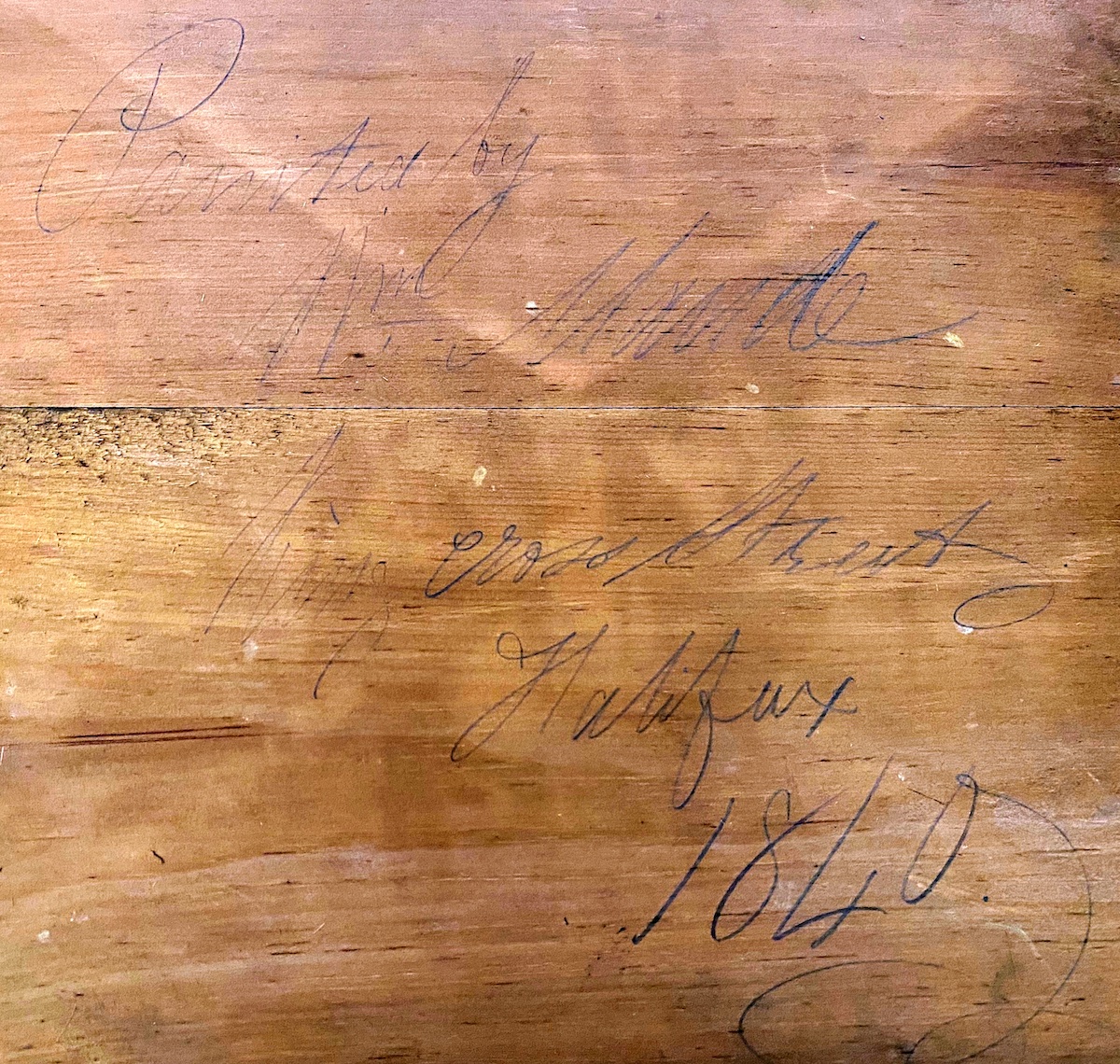The Apron of the Royal Arch: A History of the Second Temple


Some of our latest news
The Apron of the Royal Arch: A History of the Second Temple
This week's exhibit continues the theme of the Royal Arch ritual. It is a ritual apron of the order, made in Halifax, Britain, in 1840. The surname of the author of the oil on silk painting, Maude, is preserved on the wooden base to which the piece was originally attached.

The apron depicts ten figures. Some can be identified based on their roles in the ritual.
These are:
Zerubbabel - Prince of Jerusalem
Haggai the prophet.
Joshua or Yeshua, the High Priest.
Ezra the scribe.
Nehemiah the scribe.
Treasurer
Director of Ceremonies, etc.
The Royal Arch Masonic Degree draws on the story of the building of the Second Temple in the 6th century BC. The main figures in these stories are the High Priest Yeshua; Zerubbabel, the ruler of the Jews in Jerusalem; and the prophet Haggai.
Thus, we see that Zerubbabel and Haggai are most likely in the tent on the left, with the Scribe to the right, followed by the High Priest, who can be easily identified by the breastplate. The next three figures on the right, with the crowned personage in the centre, are rather difficult to identify. So is the third character with the golden cup - on the flap of the apron at the top. The first two next to him are Solomon holding his original temple and Moses with the Tablets of the Covenant.
Also, on the apron we see the Masonic symbols relating to the basic first three degrees - John's or Symbolic Lodge: two columns, the All-Seeing Eye, the sun and the moon, a line gauge, a plummet, an acacia sprout on the tomb of Hiram, the builder of the First Temple.
The main symbol of the Royal Arch is the triple letter Tau, inscribed on this apron, inside the triangle above the Scribe and the High Priest.
The Triple Tau is also referred to within Royal Arch Masonry as «The Key».
The Tau (T) is the 19th letter of the Greek alphabet. In the ancient world it was regarded as a symbol of life itself, as conversely, the Theta, the 8th letter of the Greek alphabet, was held to symbolise death. It has been suggested by certain commentators, that these two symbols gave rise to the modern plus and minus symbols. The Tau is often regarded as being a very early form of the cross, and is associated with St. Anthony within Christian symbolysm.
The Hebrew form of the word Tau, pronounced "tav", means a mark or brand. In the ancient world, a warrior who returned from battle with honor was allowed to attach the letter T to his name.
The earliest meaning of Tav is "wound". Thus, the triple Tau can mean three wounds. This is reflected in the legend of the assassination of Hiram Abiff, which underlies the initiation ritual into the 3rd degree of the Master Mason. And, of course, this also refers to the three nail wounds of Jesus during the crucifixion.
Around these letters there is a ribbon with the inscription "Nil nisi clavis deest" – Nothing is needed but the key.
The three letters Tau are the key which, through the calculation of right angles and the sums of degrees, refers to the five "Platonic solids". The five solids represent the four base elements of this world (fire, air, water, earth) plus the fifth, being aether. These five elements, according to Plato and Aristotle, form the universe as a whole.
 Museum
Museum